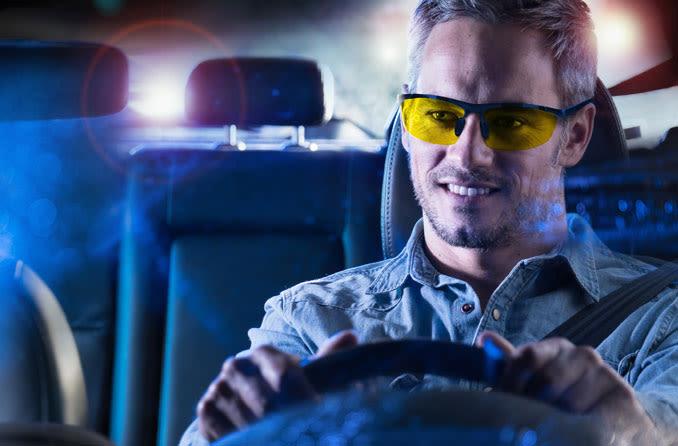
Night driving is a leading cause of car accidents because your ability to see and judge distance is substantially weakened at night — the human eye requires light to see — Drivers make an estimated 90% of their decisions based on what they perceive. While your eyes can see in dim light, the combination of headlights and road lights, as well as the darkness beyond them, can cause a variety of vision difficulties. As a result, car drivers must exercise extra caution at night to avoid an accident.
At night, the statistics on car accidents are startling. Although there is 60% less traffic on the roads at night, more than 40% of all fatal car accidents occur at night.
The most powerful light source is sunlight. There are several man-made lights that help vehicles safely navigate the highways when it gets dark. Our eyes adjust to lower light levels (pupils expand in darkness and constrict in brightness), but they have trouble moving from bright to dark or vice versa when you glance directly into the headlights of oncoming cars on the road at night, this might happen very frequently.
The capacity to see clearly in low-light situations is known as night vision. We have more trouble seeing at night as we become older. To see as well as a 30-year-old, a 50-year-old driver may require twice the amount of light. According to the American Optometric Association, driving becomes increasingly challenging as you become older. Due to cataracts and degenerative eye conditions,…






